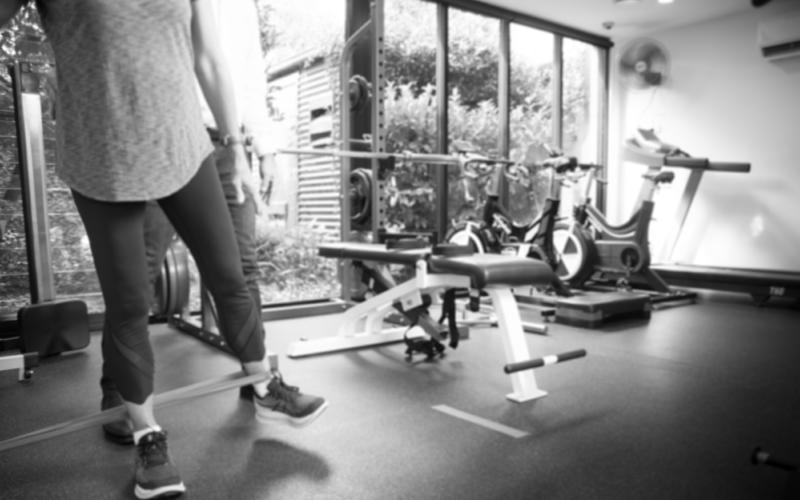Navigating Balance: A Holistic Approach to Falls Prevention in Older Adults
As the years pass, the significance of maintaining balance becomes increasingly evident for the well-being of older adults. In this blog, we'll explore the crucial aspects of falls prevention, incorporating insights into the MiniBESTest outcome measure, recovery steps, floor transfers, and the pivotal roles of ankle and hip strategies in achieving and maintaining stability.

The Importance of Falls Prevention: Falls can profoundly impact the lives of older adults, leading to injuries and a decline in independence. Effective falls prevention strategies are vital for sustaining a vibrant and active lifestyle during the golden years.
Understanding the MiniBESTest Outcome Measure: The Mini-Balance Evaluation Systems Test (MiniBESTest) serves as a valuable ally in evaluating and addressing balance issues in older adults. By assessing anticipatory postural adjustments, reactive postural control, sensory orientation, dynamic gait, and now incorporating ankle and hip strategies, physiotherapists gain a comprehensive understanding of an individual's balance profile. This nuanced information guides personalized interventions aimed at improving overall balance and stability.
Steps for Falls Prevention
Strength Training: Regular strength exercises, with a focus on lower body muscles, enhance balance and stability.
Balance Training: Specific balance exercises, identified through the MiniBESTest, are crucial for enhancing postural control and stability. Incorporating ankle, hip and recovery step strategies in these exercises provides a more targeted approach.
Gait Training: Improving walking patterns through gait training exercises enhance stride length, step width, and overall gait quality.
Home Modifications: Simple modifications, such as installing grab bars and improving lighting, contribute significantly to falls prevention.

Ankle and Hip Strategies in Balance
Ankle Strategies: These involve small, rapid adjustments at the ankle joint to maintain balance. Strengthening the ankle muscles and practicing weight shifts on different surfaces can enhance ankle strategy effectiveness.
Hip Strategies: Larger movements at the hip joint contribute to maintaining stability. Exercises that target hip abductors and strengthen the core play a crucial role in optimizing hip strategy utilization.
Recovery Step Strategy: The step recovery strategy is pivotal in preventing falls, offering a swift and coordinated response to maintain balance, reducing the risk of injuries and instilling confidence. Rehabilitation often emphasizes honing this skill, promoting overall stability and independence, particularly in older adults prone to balance issues.
Floor Transfers
A Vital Skill for Independence: In addition to balance strategies, mastering floor transfer techniques is essential for daily independence. Tips include maintaining core strength, using supportive furniture, employing proper floor transfer mechanics, and regular practice to build confidence and efficiency.
Falls prevention in older adults encompasses a holistic approach, involving the assessment of balance through tools like the MiniBESTest, targeted interventions, floor transfer mastery, and the integration of ankle, hip and step recovery strategies. By incorporating these comprehensive strategies into daily life, older adults can navigate the path to a safer, more active lifestyle, preserving their independence and overall well-being.
For more information, book into see one of our physiotherapists for an assessment.